ISLAMIC CALLIGRAPHY
1/14
There's no tags or description
Looks like no tags are added yet.
Name | Mastery | Learn | Test | Matching | Spaced |
|---|
No study sessions yet.
15 Terms
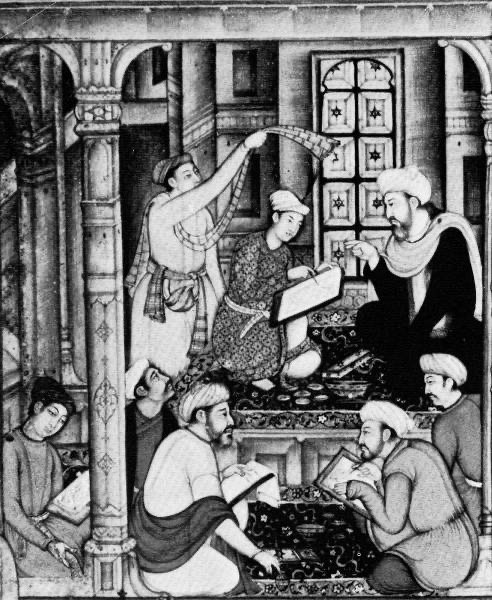
Hierarchy of raised platforms
Reading as a privilege
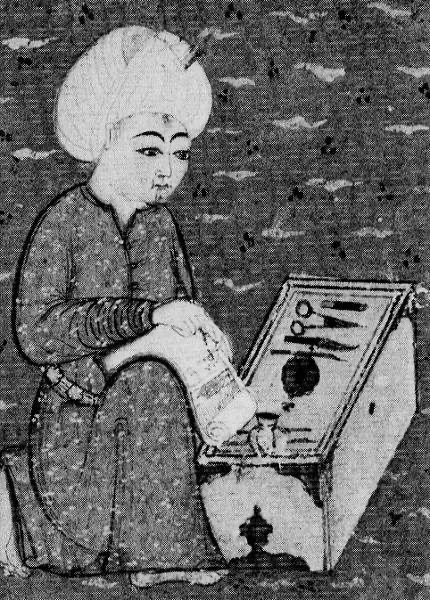
Paying homage to the producers of Islamic calligraphy, which then becomes the subject
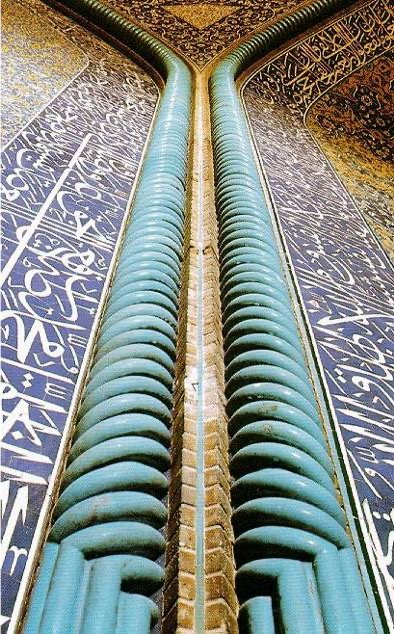
Lotfollah Mosque, internal column, Isfahan, Iran 17th CE
Calligraphy to fill up spatial requirements and does not have to satisfy human needs
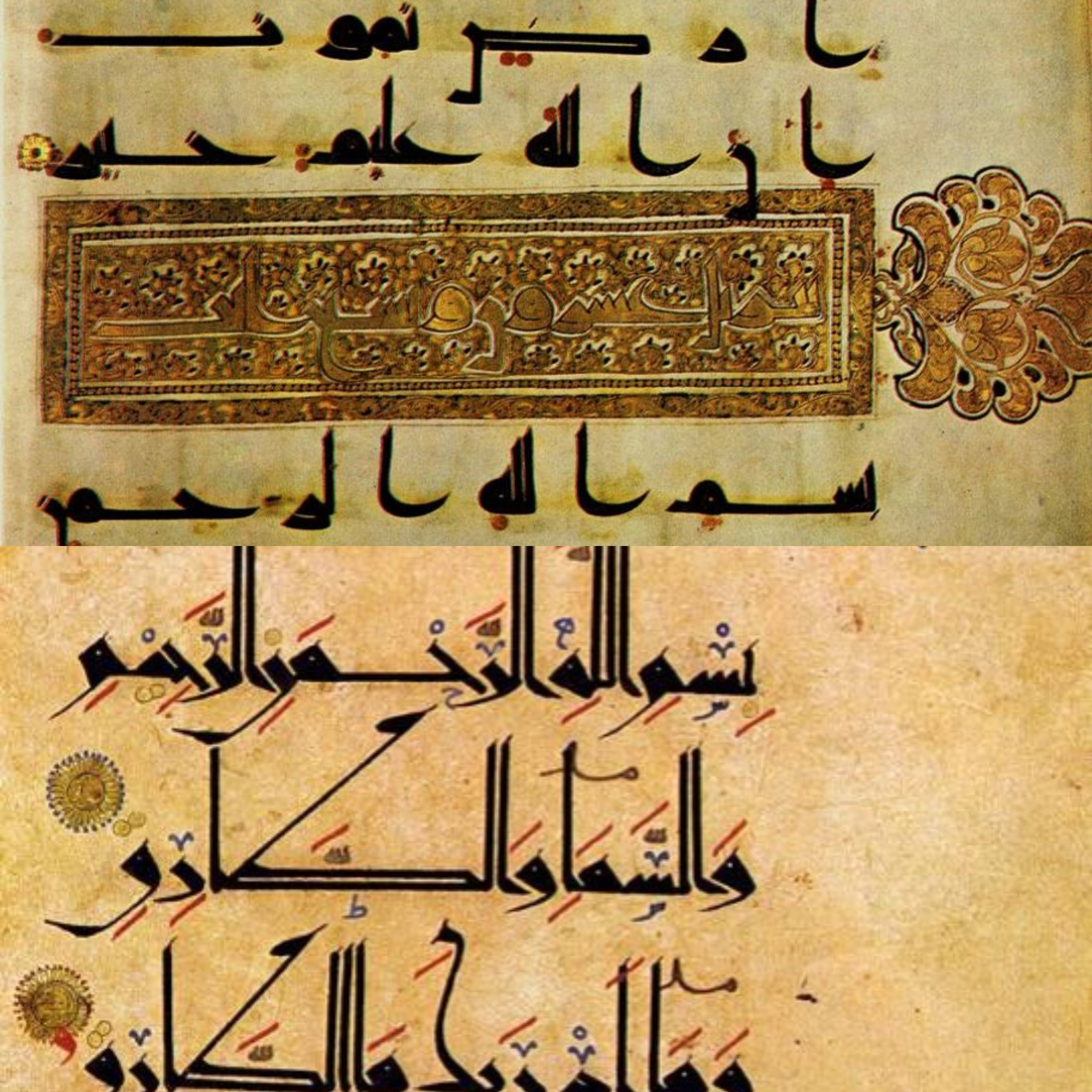
Front pages of the Quran, 10th and 11th CE
Usage of ornaments as a symbol of divinity, to transport the viewer to an aesthetic realm away from the mundane
Deliberate staining of paper to illuminate the text
Chorus repeatedly uttered while other lines are around it
Diacritic marks to indicate the tone of the words
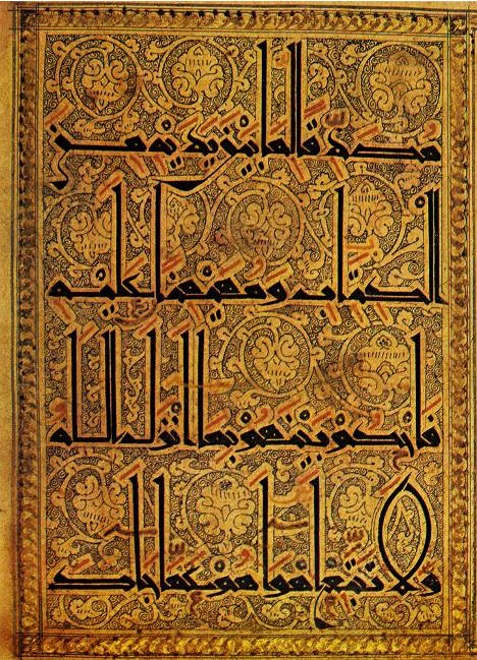
Quran, Iran, 11-12th CE
Verticals and horizontals are systematically arranged across the page
Full representation of each element
Does not overwhelm one another
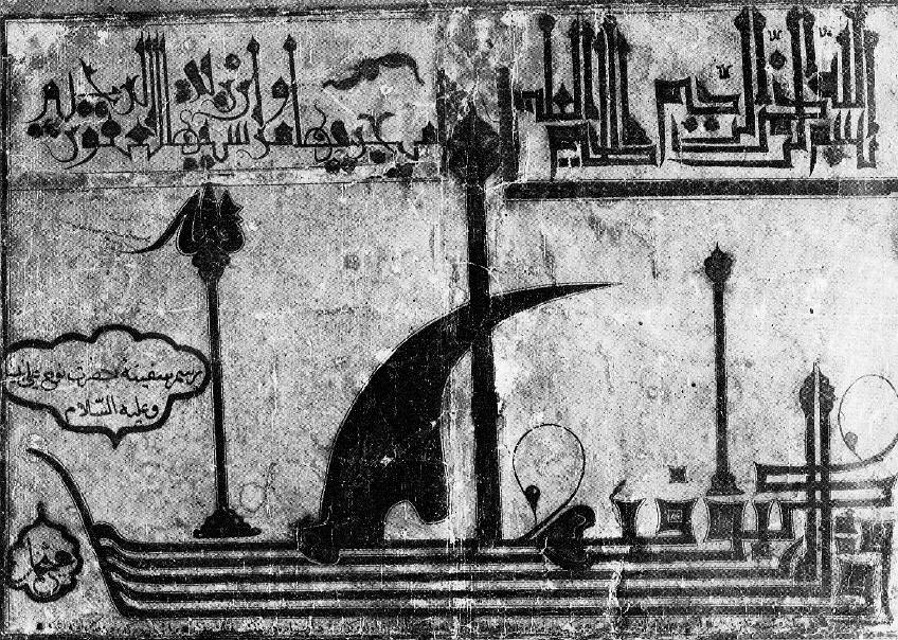
Kufic and Naskh styles designed to represent Noah's Ark, Turkey, 19th CE
Idiosyncrasy: fusion of Islamic calligraphy with a biblical narrative → cultural and artistic influences
Secret messages
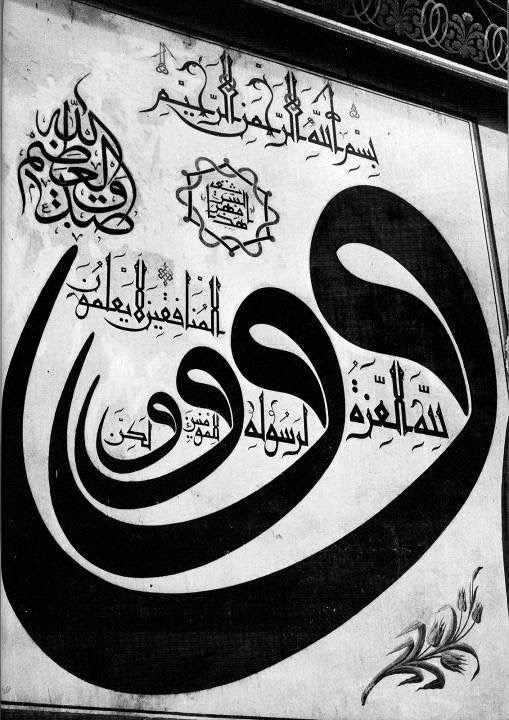
The word ‘wa’, Turkey, c.15th CE Naskh and Kufic styles combined
word repeated 4 times, with some words subsequently being added to it without overwhelming it
resonance in projection
multiple repetitions as a sonic representation
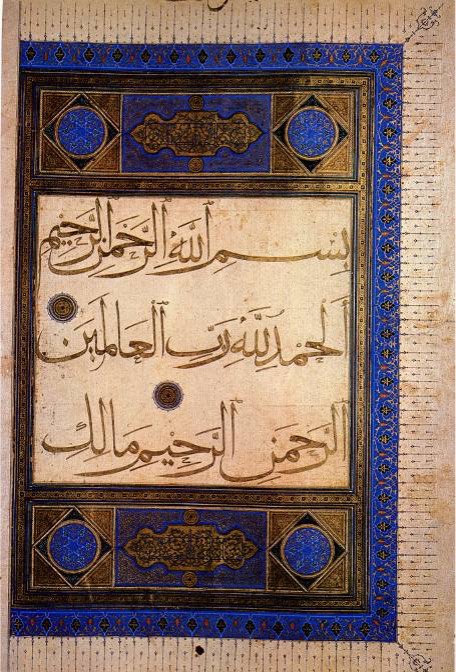
Quran, Iran, 15th CE
Two titles on the page
Sonic aspect of words
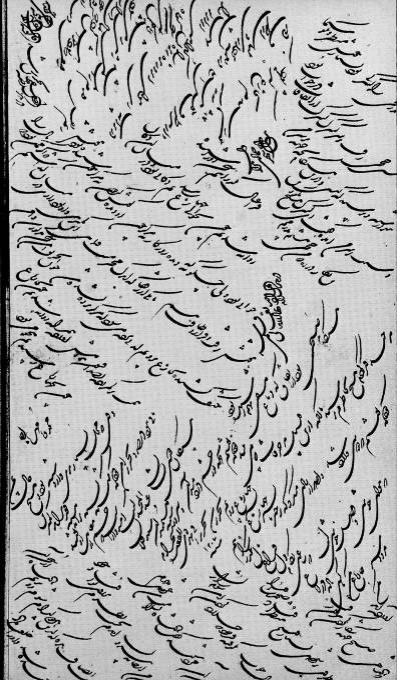
Taliqani, Calligraphic page, Iran, 18th CE
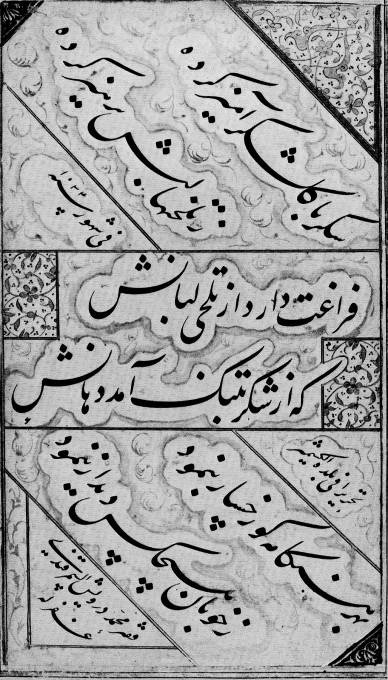
al-Samarqandi, Persian verse, India 17th CE
Poetry comes in from all directions
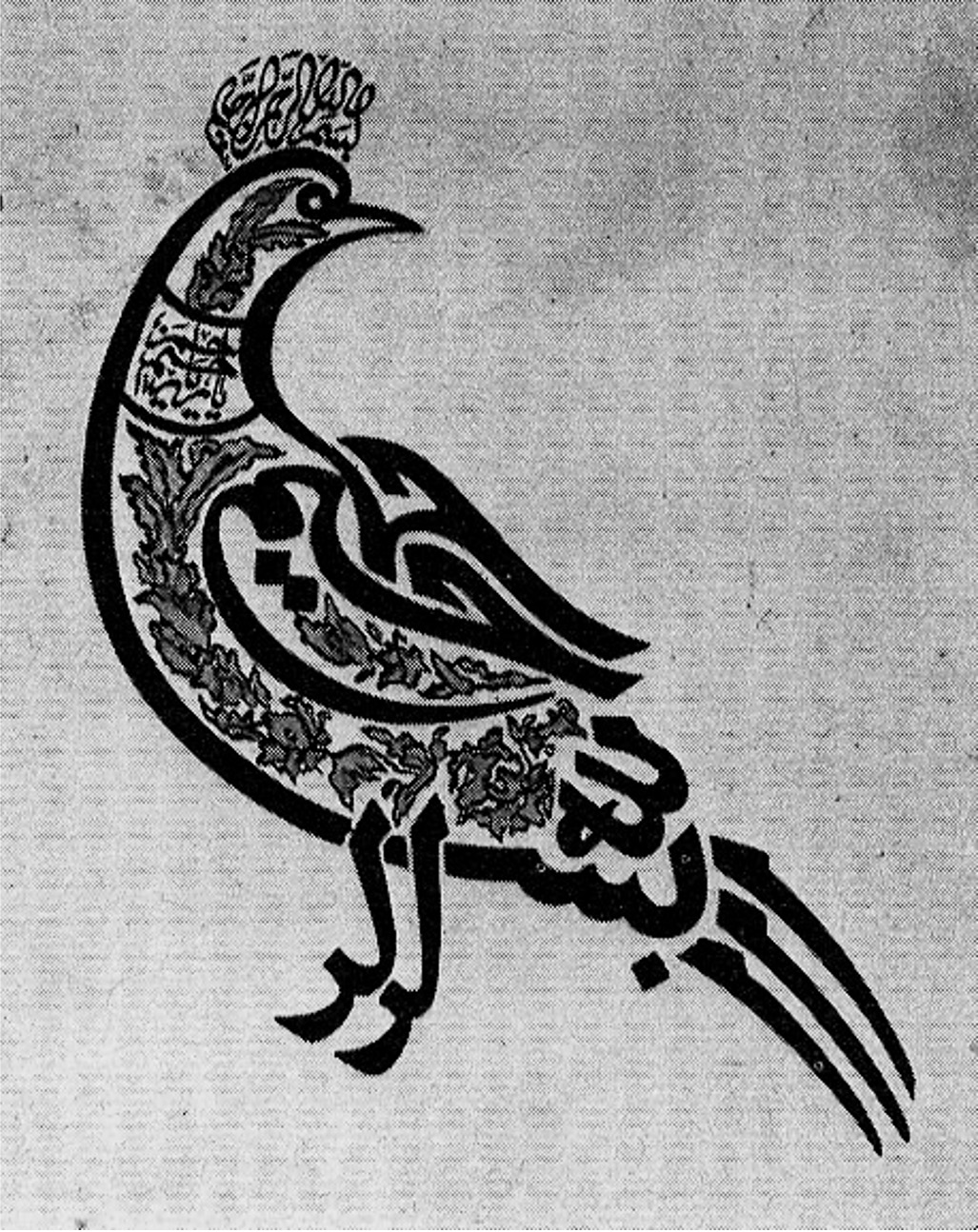
Bismillah in bird form, Turkey, 19th CE
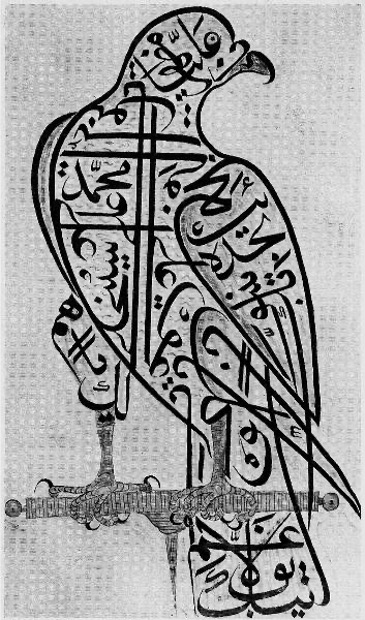
Muhammad Fathiyab, Prayer in the shape of a falcon, Iran, 19th CE
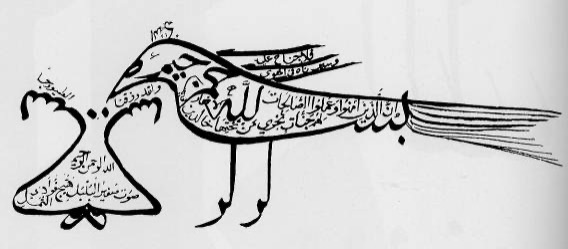
Bismillah in the form of a bird appearing to drink, undated
Bismillah
"In the name of Allah."
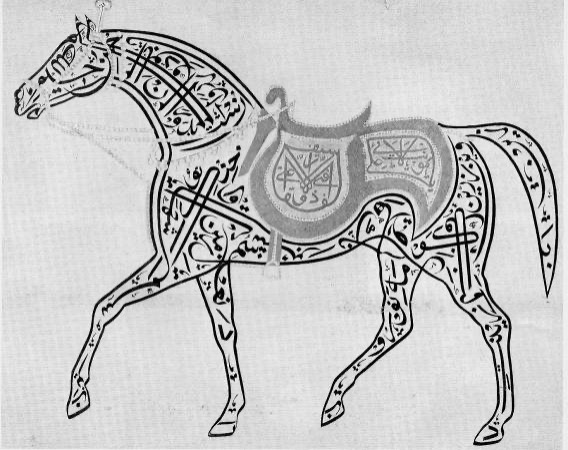
Husayn Ali, Prayer designed in the shape of a horse, Iran, 19th CE